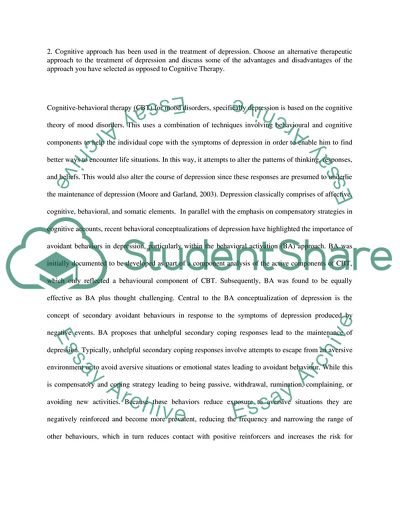Cite this document
(“Cognitive Therapy for Chronic and Persistent Depression Essay”, n.d.)
Retrieved de https://studentshare.org/psychology/1531292-psychology-refer-to-instructions-for-details
Retrieved de https://studentshare.org/psychology/1531292-psychology-refer-to-instructions-for-details
(Cognitive Therapy for Chronic and Persistent Depression Essay)
https://studentshare.org/psychology/1531292-psychology-refer-to-instructions-for-details.
https://studentshare.org/psychology/1531292-psychology-refer-to-instructions-for-details.
“Cognitive Therapy for Chronic and Persistent Depression Essay”, n.d. https://studentshare.org/psychology/1531292-psychology-refer-to-instructions-for-details.


